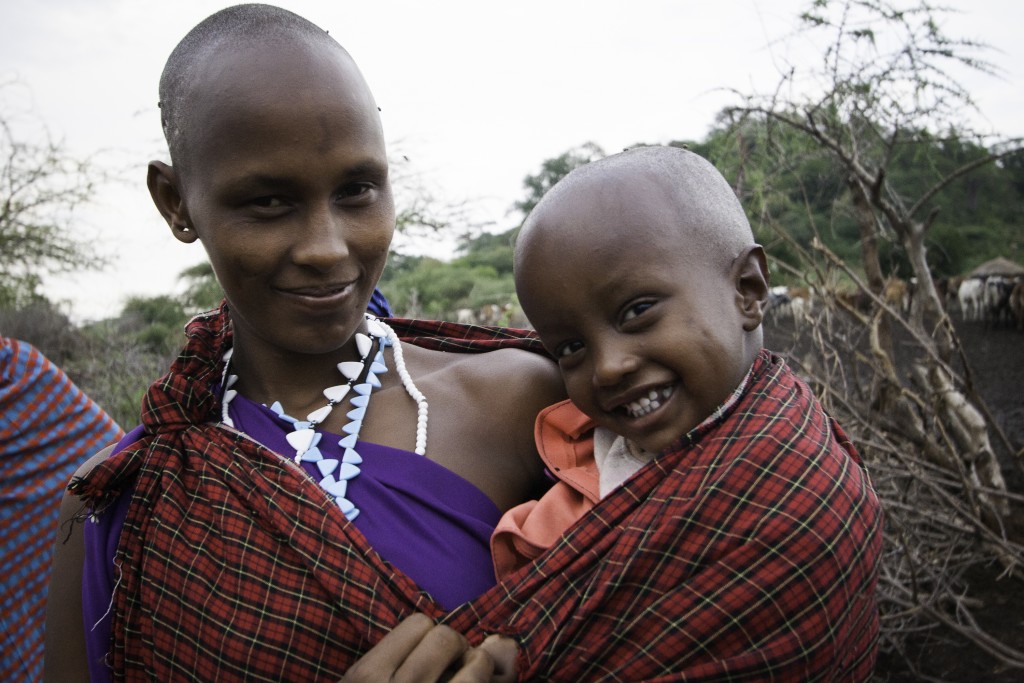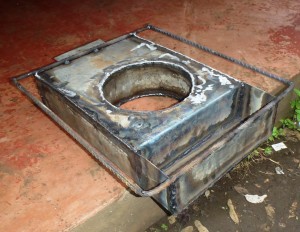New stoves in new villages
Brimming with energy as the area’s newly-trained stove experts, thirty women of Mbuyuni and Meserani villages are installing stoves.Their efforts keep our manufacturing staff busy fabricating fireboxes and delivering bricks and building materials.
Our new stove model will soon be in 255 Maasai homes in new Project villages!
Thank you to our sponsors. The Adventist Development and Relief Agency (ADRA) provided funds supporting training, logistics, and supplies to bring two new villages to the 100-stove level.
And the African Wildlife Foundation (AWF) asked us to train and install the new model in fifty-five homes in remote areas around the two volcanic mountains of Mtubeine and Galai.
The AWF is deeply committed to preserving forests in this area, and hopes our efficient stove can help them reach their wood-saving goals.
We’re receiving excellent feedback from the women about ease of use, fuel efficiency, and smoke reduction.
The new model is likely to be even more durable than the earlier models because doesn’t have bricks cemented inside where the temperature can be really high.
We will soon measure particulate and carbon monoxide levels, as we did with earlier models.
We are starting trials of a more durable, less expensive, and surprisingly convenient water-heating stove. So far, we have only a few trials in homes, and women love it, but as we expand into new villages we will be able to run larger trials.
We recently revisted our stove design, and it has really paid off. Kisioki, and Jakobo, our factory manager, and I collaborated on design updates, and we are very happy with the results.
To scale up our micro-grid solar electrical systems adapted to Maasai bomas we have to reduce costs. Lowering stove prices is part of the challenge, as homes must be clean and healthy before they link to the electric power grid, and every home needs a stove that gets the smoke out.
How could we keep or improve the stove quality while reducing manufacturing costs?
First we thought of how to get the amount of steel in the stove down by half. We made the firebox narrower and put insulating bricks outside instead of inside.
Maybe invention is always like this, but benefits beyond our original goals kept emerging.
Moving the insulating brick to the outside to keep the stove safe for children uncovered a huge additional benefit. Previously, the bricks inside the firebox had durability issues. The mortar holding them in place can degrade from years of heat. If the bricks shift or break, the smoke path is damaged too. With the new design, that risk is gone.
And when we put in an airspace at the front of the stove for insulation, we realized that the cook could conveniently fill the space with water during long-term cooking. She could pasteurize more than two liters of water for safe drinking, or, as one of the women trying the stove told us, she can heat water to bathe her kids while she cooks.



 International Collaborative for Science, Education, and the Environment
International Collaborative for Science, Education, and the Environment